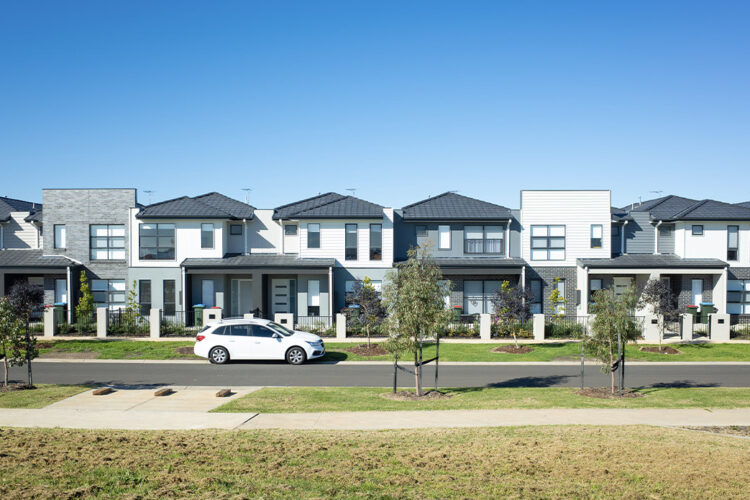New data from the major bank has revealed almost half of new property investors in 2023 were Millennials.
Data released by the Commonwealth Bank of Australia (CBA) has shown 46 per cent of the bank’s new property investors in the 2023 calendar year were made up of Millennials (born 1981–96).
Gen X (born 1965–80) followed the most active generation of property investors, accounting for 37 per cent of all new investment property purchases throughout the year.
According to CBA, the national average age of property investors was 43 years old, with an average loan size of around $500,000.
Furthermore, the data found a large proportion of Millennial property investors choosing to purchase the property alone.
CBA executive general manager, home buying Michael Baumann said: “From our data, we can see that almost one-third of all Millennial property investors actually purchased their investment property on their own.”
The Lending Indicators data released by the Australian Bureau of Statistics (ABS) found that investors have been the primary driver of new lending over the past year.
During February, the value of new loan commitments for investor housing rose 1.2 per cent to $9.5 billion, with annual growth of 21.5 per cent, according to the ABS.
Lending to first home buyers rose by 13.2 per cent, while owner-occupiers saw a 3.4 per cent increase in lending.
ABS head of finance statistics Mish Tan commented that this annual growth in the value of new investor loans contributed to over half of the growth in total loan commitments over the past year.
Commenting on this data, Tiimely Home’s head of retail Belinda Jackson said it’s “positive to see greater investor participation in the market”.
“Compared to last year, there’s a clear trend that more first-time home buyers, particularly singles, are entering the market as investors,” Jackson said.
“It’s interesting to see the increase in the value of new investor loans, which is up in Australia by 21.5 per cent year on year despite the cost-of-living pressures, rate hikes and soaring house prices.”
Baumann further stated that CBA continues to see the trend of “rentvesting” from property buyers, which refers to buying a property that’s affordable and then renting where they wish to live.
“Rentvesting gives Australians the chance to get their foot on the property ladder sooner rather than later and purchase a property in a lower cost area without having to give up the lifestyle they have become accustomed to when renting,” Baumann said.
Jackson also noted this trend, stating that rising housing costs have made it difficult for people to immediately own and live in their dream home, with many now adopting a “landlord first” approach.
“This allows them to leverage rental income as a springboard, ultimately helping them save for their ideal home down the line,” she said.
Jackson explained that more competition in the market is good news for investors going forward.
“Increasing competition among lenders signals a promising outlook for investors. With multiple lenders vying for their business, we anticipate rate competition to heat up in this space and fuel further rate drops on investor loans,” Jackson said.


